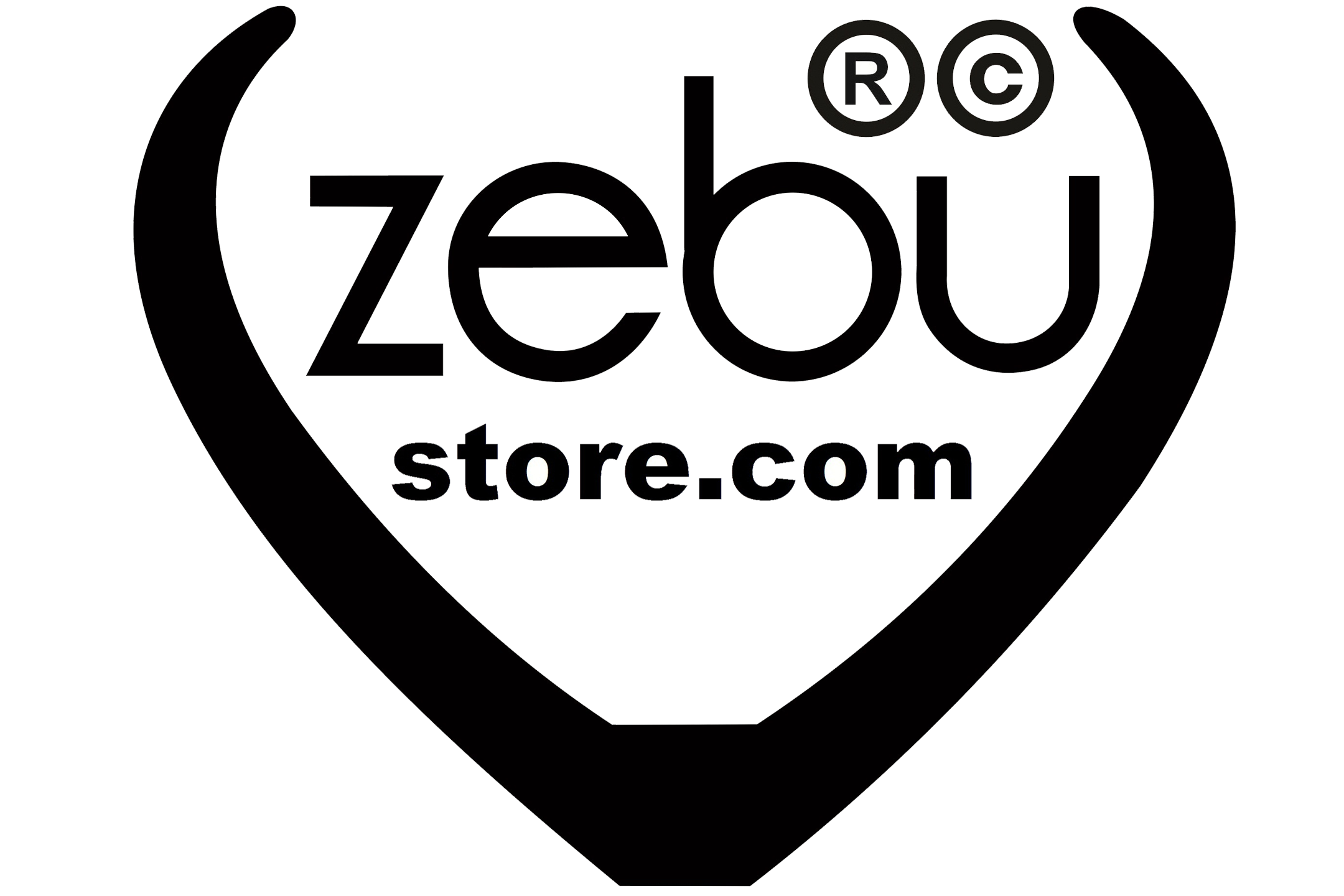Types of Embroidery Threads and their uses, Advantages and Disadvantages

Embroidery Threads:
Embroidery is an ancient variety of decorative needlework in which designs and pictures are created by stitching strands of some material on to a layer of another material. Embroidery is the application of patterns of thread or yarn to create interesting textures and designs. Embroidery designs have historically been applied by hand, but since the introduction of embroidery machinery, hand-sewn embroidery is less available. Embroidery has historically been used to signify status, class, gender, and wealth. Various types of threads are used for embroidery. In this article, I will discuss different types of embroidery threads and their uses, advantages and disadvantages.
The thread selected for sewing embroidery is extremely important to the images produced. There are many thread choices, and the high-speed embroidery machines often require especially smooth and strong thread.
Multifilament threads such as rayon or polyester are most frequently used for sewing embroidery. Silk embroidery thread is very expensive, so rayon thread is generally used instead.
Different Types of Embroidery Threads:
What kind of embroidery thread should I use? This is one of the most common questions we hear. The answer is simple, and difficult, at the same time. The first thing to decide is what fiber to use. Rayon, polyester, cotton, silk, or metallic? All have their pros and cons, but basically it comes down to personal preference. Rayon and polyester are the most common embroidery threads. Always choose a good quality thread to ensure the best results with your embroidery.
Rayon embroidery threads:
Rayon embroidery threads are currently the most popular threads used in embroidery machines. They perform consistently well in high-speed embroidery machines with very little breaking or fraying. Rayon is a high sheen thread, and often used as a lower cost alternative to silk threads. Most Rayon embroidery threads are available in 40 wt, though 30 wt can be found without effort. A wide range of colors and shades are available, including variegated colors. Though some brands can be, rayon embroidery threads are not generally colorfast. It is best to avoid using any bleaching agents, including those made for colors. Stitches sewn with rayon threads are very smooth and consistent, leading to a higher quality embroidery project. Rayon threads do deteriorate over time, so attention should be paid to how it is stored. In low humidity regions, rayon threads can be stored in the refrigerator to extend thread life for a long as possible.
Advantages of Rayon:
- High sheen.
- Softer.
- Relatively heat resistant.
- Less elasticity then polyester.
Disadvantages of Rayon:
- Not colorfast.
- Not as strong as polyester.
- Less durable than polyester.
Cotton embroidery threads:
The only 100% natural fiber thread made for high speed machines. Cotton has various finishes, each providing specific results. Cotton embroidery thread is very often overlooked by automatic embroidery machine users. But the fact is that it performs beautifully in embroidery machines and has a lovely, soft sheen. Additionally, cotton thread is available in weights up to the very fine 100.
Mercerized: The thread is treated in a solution, causing the fibers to swell. This allows the dye to better penetrate the fibers and increases the luster of the thread. It also increases the strength of the thread.
Advantages of Cotton:
- Soft.
- Durable.
- Easily adjusts to changes in the fabric (such as shrinkage) since, it is a natural fiber.
- Available in various thread weights.
- Easy care.
Disadvantages of Cotton:
- Low sheen.
- Not as strong as polyester.
- Low-quality cotton is linty.
Polyester embroidery threads:
Polyester embroidery thread is the popular and economical choice. It is available in a wide assortment of colors, and your results will be similar to that of rayon. The benefit of polyester is that it won’t shrink, fade or bleed. Like rayon thread, polyester thread is strong and won’t easily break or fray.
Polyester thread is synthetically produced from polymer resins. It can be made with a matte finish to look like cotton, with a medium sheen, or high sheen finish to look like rayon or silk. Trilobal poly is higher quality polyester with sheen equal to rayon and is lint free. Due to its strength and color fastness polyester is becoming one of the most popular embroidery threads available these days.
Advantages of Polyester:
- Designed for heavy duty use.
- More tensile strength than rayon or cotton.
- Colorfast.
- Retains shape.
- Recovers stretch.
Disadvantages of Polyester:
- More elasticity then rayon.
- Lower temperature tolerance than rayon.
Nylon embroidery threads:
A synthetic thread occasionally used in the form of a monofilament clear thread or as a textured fuzzy (wool-like) thread. The negatives far outweigh the positives of nylon. Use only with caution.
Advantages of Nylon:
- Strength
Disadvantages of Nylon:
- Low melting temperature. Not heat resistant.
- Not colorfast. Will yellow over time.
- Becomes brittle through laundering and exposure.
Metallic embroidery threads:
Beautiful, but a wild child, the metallic thread is often used as a highlighter in surface embroidery. It is used in combination with the other embroidery threads. Gold, silver, copper, and platinum are the most popular colors, though they can come in standard colors. Metallic threads can be a challenge to work.
Quality metallic thread has the following components:
Nylon core: A nylon core offers the most strength and resists tangling. Polyester and rayon cores are inferior.
Rice paper construction: This adds strength and cohesiveness and makes the thread softer and supple, reducing the wiry feel. It also reduces tangling.
Outer coating: Lower quality metallics have no outer coating. This means the metal foil rubs against the needle, creating friction and heat, resulting in discoloring and shredding. A good metallic has an outer coating which reduces friction and acts as a protective layer
Silk embroidery threads:
Silk is an elastic, though very strong thread, and is among the most beautiful of natural fibers. It has a high sheen, and creates a distinctive look when used in embroidery projects. Pure filament silk is the highest quality silk, as the fibers do not need to be spun; they come naturally in long strands from the silkworm. Spun silks are made of shorter fibers. They come from broken cocoons or the beginning and end of cocoons. Silk thread, and projects created with silk thread, can be gently washed in the washing machine with a mild soap. Bleaching agents should not be used as they can damage the threads.
Conclusion:
There are many different types of embroidery thread available, each with its unique characteristics and uses. When choosing an embroidery thread, it is important to consider the type of project you are working on, the type of fabric you are using, and the final look you want to achieve. Whether you prefer the softness and shine of silk, the strength and durability of nylon, or the sparkle and glamour of metallic thread, there is an embroidery thread that is perfect for your next project.













